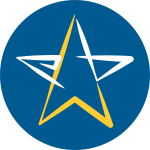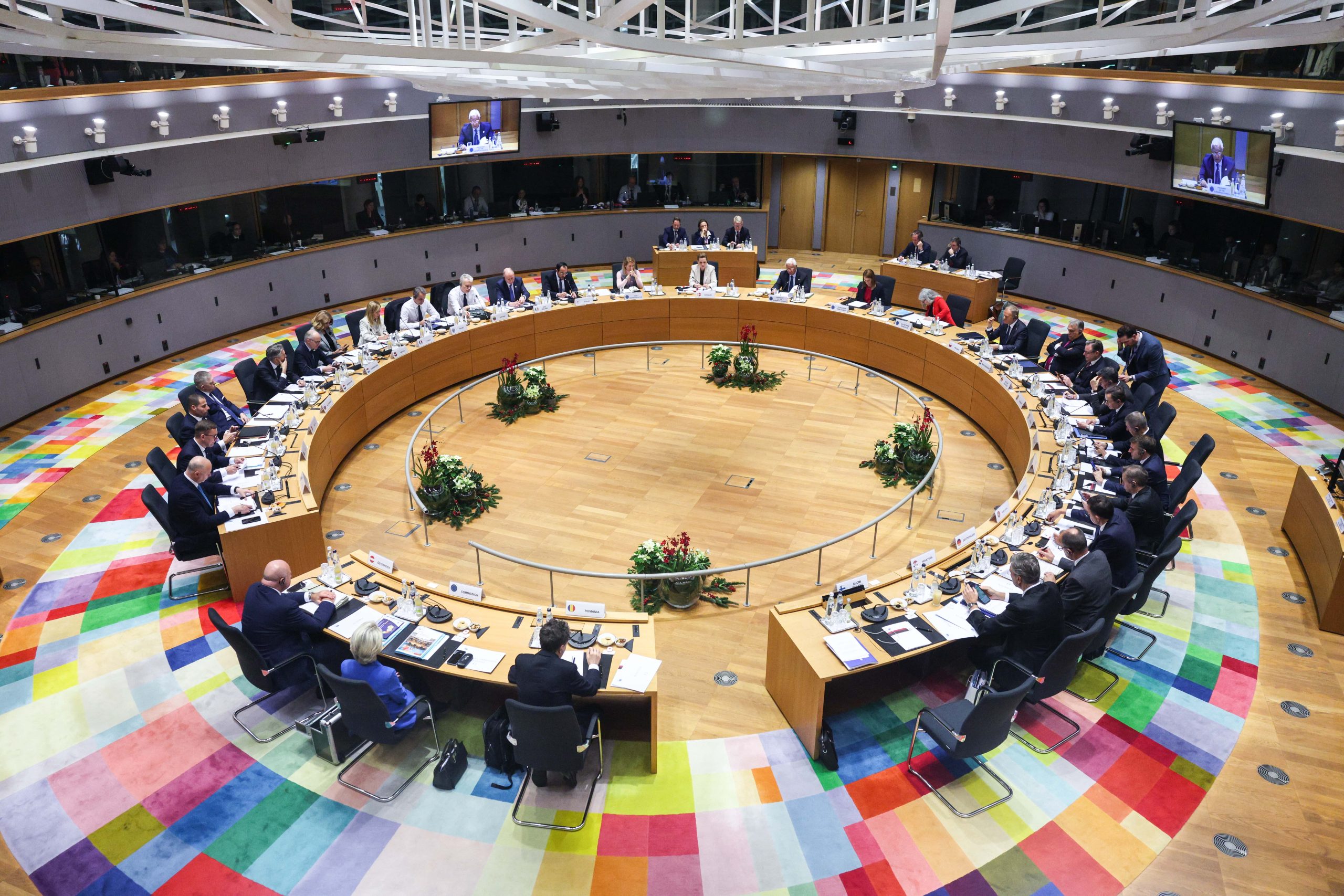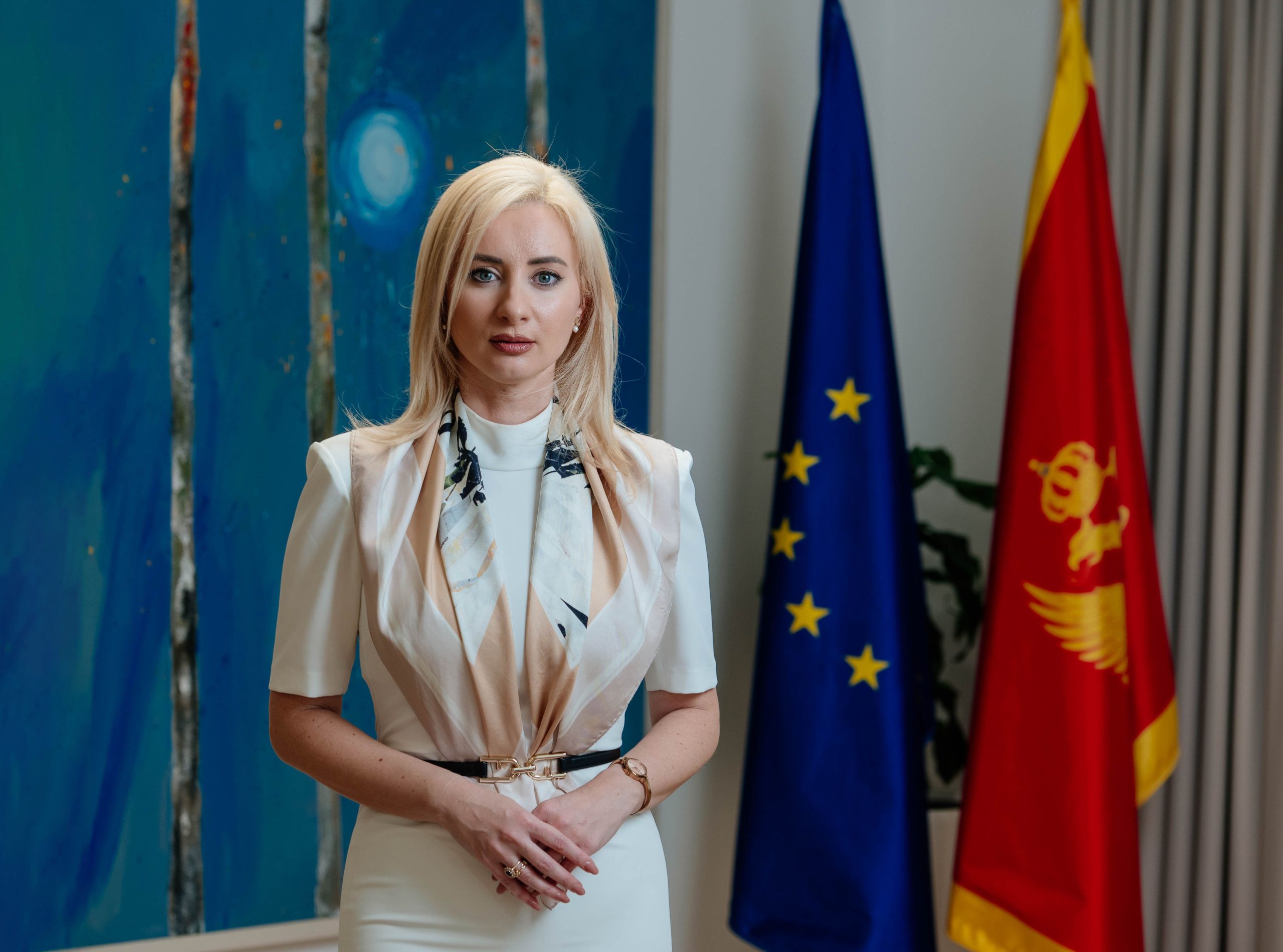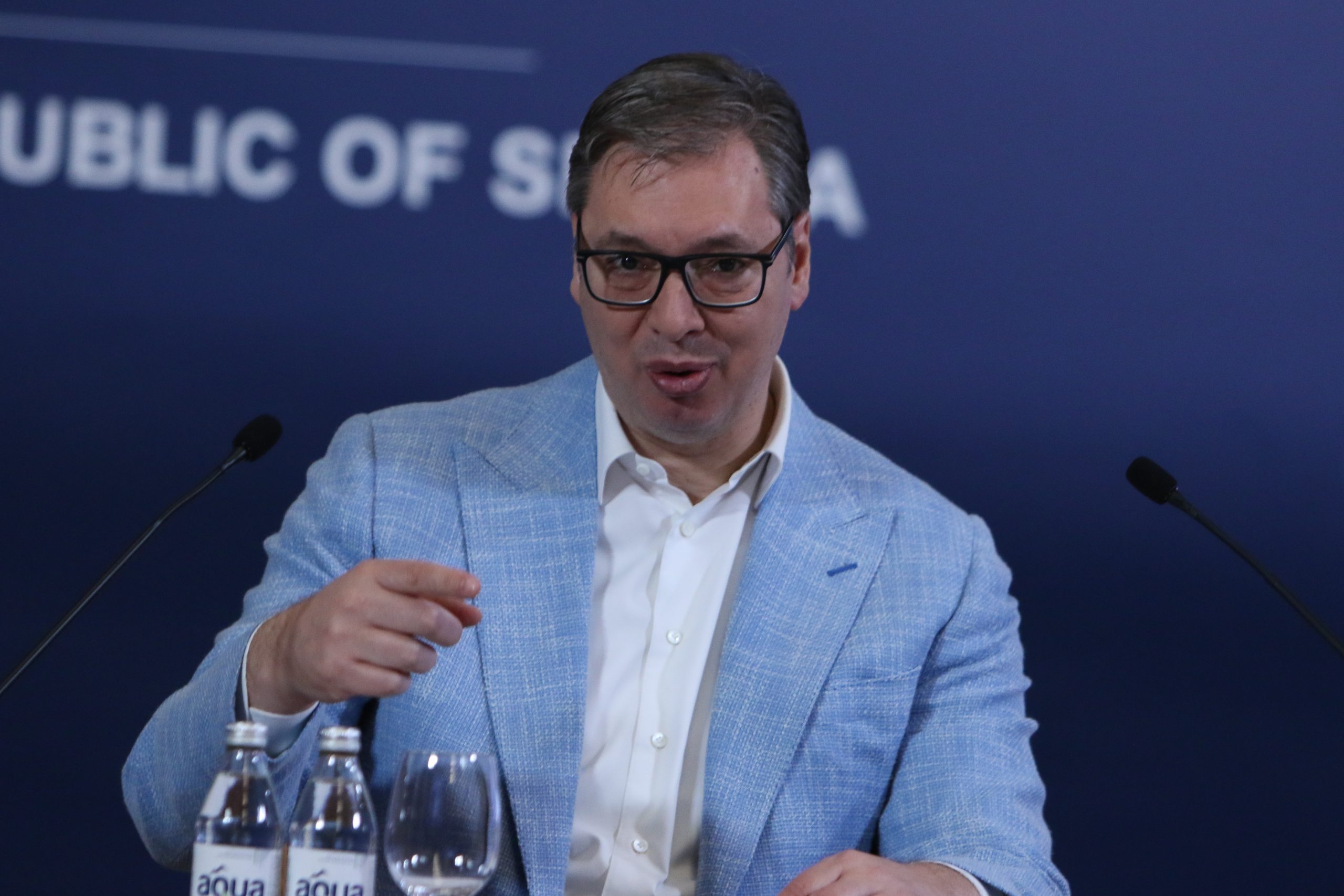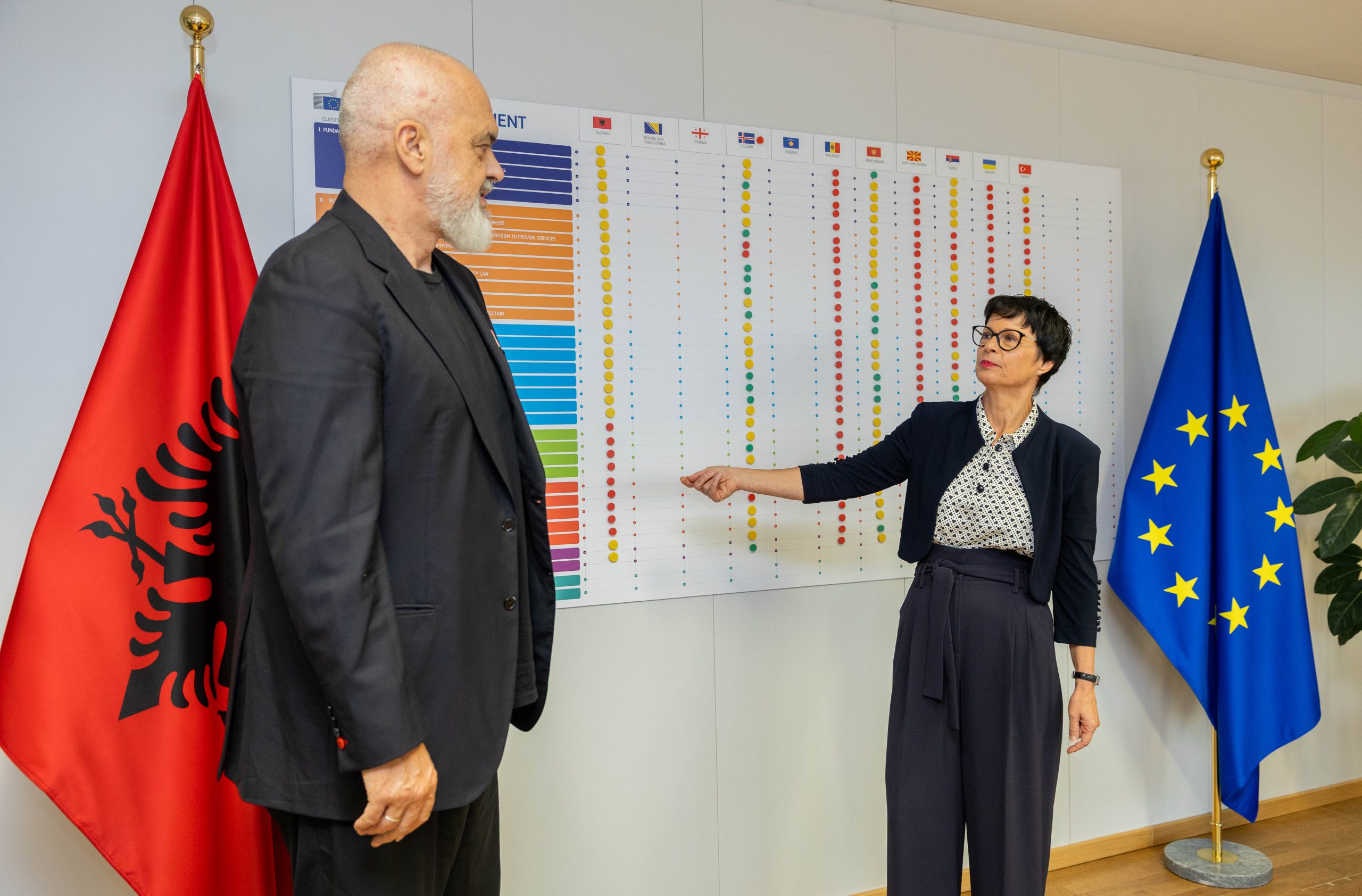On the 8th of October an anniversary occurred. This anniversary was “under the radar” and no commemorative articles, columns or reports were published in Serbian newspapers. Fourteen years ago, on that very day, the newly elected President of the Federal Republic of Yugoslavia, dr Vojislav Koštunica (Војислав Коштуница) attended the EU Summit in Biarritz under the French chairmanship. It was then that Yugoslavia officially joined The Stabilization and Association Process for Western Balkans, officially making the first step in a journey that is going on to this very day (and shows no signs of ending any time soon), the journey to full membership in the EU.
Meantime, the country has changed its name to the State Union of Serbia and Montenegro, and after the Montenegrin independence referendum on 21st of May 2006, both Serbia and Montenegro continued as independent states with Serbia as the legal successor of the Union. Six different governments with six different Prime Ministers have been leading the Republic to the EU.
The road was very difficult and is substantially different from any other candidate’s accession to the Union. The cooperation with the Tribunal in Hague (the lack of it from the Serb side) stalled the negotiations in 2006 and 2007. Serbia has not only changed from FR Yugoslavia, it also lost all effective control over what she considers to be her southern autonomous province – Kosovo. Kosovo declared its independence in 2008 and is recognized by 23 EU member states. Also, Serbia’s Constitution (2006) is very difficult to apply to everyday life due to its essential tie with Kosovo as a part of Serbia, making the whole Constitution inapplicable de facto, and with the Brussels Agreement (2013), de jure.
Landmark events in the accession were: the Summit in Thessaloniki (June 2003); Positive assessment on the Feasibility Study (April 2005); Start of negotiations on concluding the Stabilization and Association Agreement (10th October 2005); The EU Council published the document on visa liberalization with countries of the Western Balkans (November 2009); Serbia submitted its application for EU membership on the 22 December 2009; 1 February 2010 – The Interim Trade Agreement between the European Union and Serbia came into force; The European Parliament ratified in Strasbourg the Stabilization and Association Agreement between the EU and Serbia (January 2011); The European Council has granted Serbia membership candidate status on 1st of March 2012; The Stabilization and Association Agreement entered into force (July 2013); and, finally, on the 21st of Јаnuary 2014 the First Intergovernmental Conference was held which marked the formal start of Serbia’s negotiations to join the EU.
The EU integration was first a vision of only a few politicians, foremost, dr Zoran Đinđić (Зоран Ђинђић), Zoran Živković (Зоран Живковић) and their Democratic Party (Демократска Странка) which was the pioneer in pro EU politics that post-Milošević Serbia is still finding hard to accept in its full meaning even today. Opinion polls have swinged for and against EU membership but the pro EU parties have always won the elections when they were opposed with etnocentric-populist adversaries. It is only when the former etnocentric, anti EU champion Tomislav Nikolić (Томислав Николић) changed his political views and ideology completely to pro EU; that he could beat Boris Tadić (Борис Тадић) in his third attempt and win the Presidency.
Today, the entire Serbian Parliament is filled with pro EU parties, Eurosceptic have not managed to climb the 5% census. A state of affairs which does not accurately portrait the actual percent of voters who are against the EU (some polls suggest about 40 % and up).
The Serbian Progressive Party (Српска Напредна Странка), with substantial support from the voters, is heading the incumbent Government and the president of the party and Prime Minister Aleksandar Vučić (Aлександар Вучић) is the key (and sole) decision maker in almost every issue in the country today. International support for his government is not lacking, on the contrary, but there are more and more signs of serious autocratic moves such as the disappearance of virtually all political talk shows from TV channels with national coverage. Furthermore, EU officials have not shown any reserve with praising the Prime Minister and his Government mostly because of the Brussels Agreement and the slow-but-certain acknowledgement of Kosovo as a lost cause for Serbia.
The EU continues to be the top priority of Serbian foreign policy and a state proclaimed priority. The setbacks due to the totalitarian, followed by authoritarian, heritage as well as five wars Serbia has led in only 9 years (and lost every single one), left the country exhausted and with a firm conservative public. Yet, the prospects of economic development (Serbia has the highest unemployment rate in Europe) that EU symbolizes, helps to implement substantial reforms in both the state and society. The future seems to be set: Serbia will be an EU member state. As long as she reconciles the Kosovo issue and the EU is willing to accept her.
Author: Vladimir Pavićević
